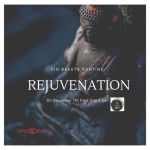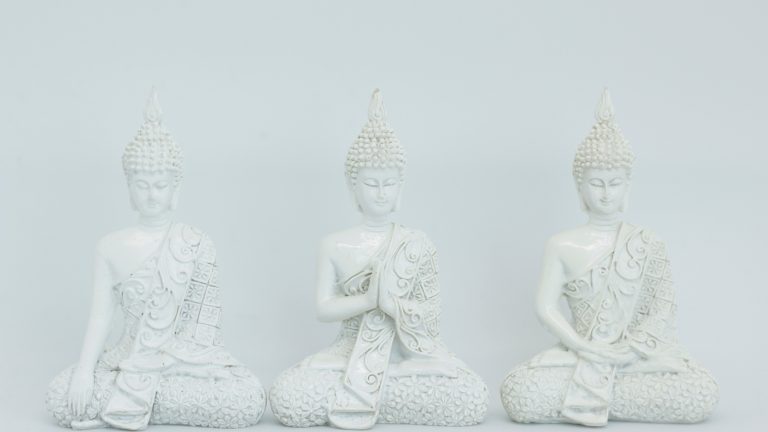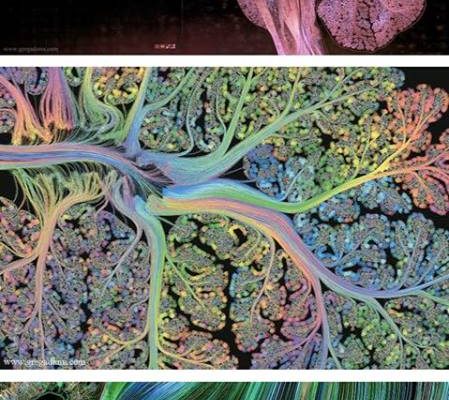- Private energy healing
When we practice Yin Yoga we nourish Myofascia, wich is the most important substance at the base of all tissues.
Good time for eliminating toxins, nourishing and rejuvenating tissues.
Fascia is a clingfilm-like substance that wraps around all our muscles and organs, offering support and reducing friction during everyday movement. ‘Myofascial release’ is a set of techniques that aim to give this clingfilm a workout, stretching and smoothing it so your body works at its optimum level.
Myofascial release can have positive health effects.
I felt light, floaty – the same kind of blissful relaxation you get after a deep tissue massage.
Myofascial release therapies to “ease chronic pain and restore alignment and mobility to muscles and joints”.
“Fascia is connective tissue that is woven around each and every muscle, bone, nerve, artery and vein in our bodies, as well as all of our internal organs, including the heart, lungs, brain and spinal cord.
It is quite literally what holds us together.
Evidence suggests that the fascia can be damaged by both physical and mental impact.
When we practice “myofascial release”, we work with the fascia to rehydrate the connective tissue and as a result, the muscles and ligaments.
This can be achieved through the practice of yin yoga (a slower form of yoga in which poses are held for between 2-5 minutes – compared with the high-energy, faster-moving “yang” of a vinyasa-style yoga practice).
Evidence suggests that ‘our issues live in our tissues’ and therefore when the fascia is damaged, this is reflected in how we feel on an emotional and physical level.
So by working with the fascia you can really start to work with some deep-seated ailments, helping to lead you back to optimal health.
Research has shown that our ‘energy channels’ run through fascia.
“When the fascia is damaged, a blockage is created, and the energy is no longer able to flow freely. In the practice of yin yoga, we target these energy channels to allow the prana (a term for energy). Where our attention goes, the energy flows.
Although yin yoga is a slow and subtle practice, it can be also feel very intense at times, it does wonders in helping relieve stress from the mind and body.
It takes time for the body to relax, and we can’t target the fascia if the body isn’t relaxed. The longer we stay in a pose, the deeper we can go into the subtle body, beyond what is known as superficial fascia and into the deep fascia.
Sometimes we may be working on areas that have been damaged for a really long time, so it isn’t a quick fix. It can take time and patience.
In the practice of yin yoga we are encouraged to step just outside of our comfort zones, perhaps experiencing slight or sometimes intense discomfort, but avoiding any feeling of pain. We need to feel in order to heal.
During these longer holds, you may experience a mental or a physical release. A sudden rush of a strong emotion, it can be anything from joy, happiness, fear, anger or sadness to a physical release where the body then feels more free and open. The less the expectation and the more relaxed one is, the more likely experiences like this will occur.
Nourishing your mind, body and soul!









